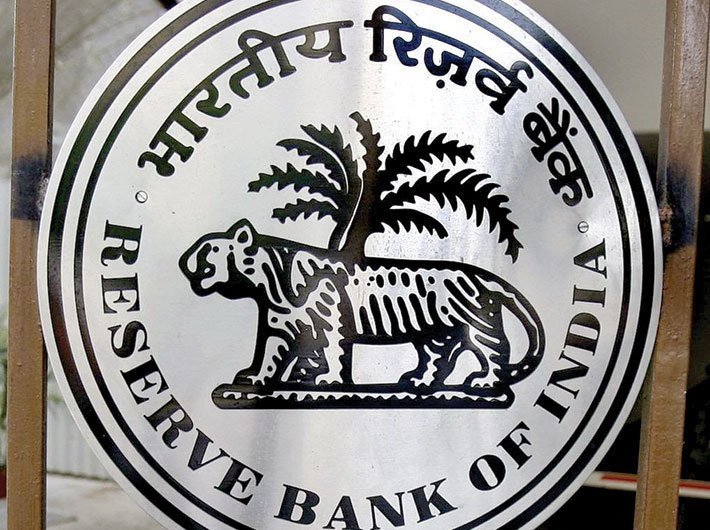The projection of real Gross Value Added (GVA) growth for 2017-18 has been revised down to 6.7 percent from the August 2017 projection of 7.3 percent, with risks evenly balanced, said the Reserve Bank of India as it kept the repo rate unchanged.
The fourth Bi-monthly Monetary Policy Statement, 2017-18 said that the loss of momentum in Q1 of 2017-18 and the first advance estimates of kharif foodgrains production are early setbacks that impart a downside to the outlook.
“The implementation of the GST so far also appears to have had an adverse impact, rendering prospects for the manufacturing sector uncertain in the short term. This may further delay the revival of investment activity, which is already hampered by stressed balance sheets of banks and corporates.
“Consumer confidence and overall business assessment of the manufacturing and services sectors surveyed by the Reserve Bank weakened in Q2 of 2017-18; on the positive side, firms expect a significant improvement in business sentiment in Q3,” said
the statement
The Monetary Policy Committee (MPC) decided to keep the policy repo rate under the liquidity adjustment facility (LAF) unchanged at 6 percent. Consequently, the reverse repo rate under the LAF remains at 5.75 per cent, and the marginal standing facility (MSF) rate and the Bank Rate at 6.25 percent.
On the domestic front, real gross value added (GVA) growth slowed significantly in Q1 of 2017-18, cushioned partly by the extensive front-loading of expenditure by the central government. GVA growth in agriculture and allied activities slackened quarter-on-quarter in the usual first quarter moderation, partly reflecting deceleration in the growth of livestock products, forestry and fisheries.
Industrial sector GVA growth fell sequentially as well as on a y-o-y basis. The manufacturing sector – the dominant component of industrial GVA – grew by 1.2 percent, the lowest in the last 20 quarters. The mining sector, which showed signs of improvement in the second half of 2016-17, entered into contraction mode again in Q1 of 2017-18, on account of a decline in coal production and subdued crude oil production.
Services sector performance, however, improved markedly, supported mainly by trade, hotels, transport and communication, which bounced back after a persistent slowdown throughout 2016-17. Construction picked up pace after contracting in Q4 of 2016-17. Financial, real estate and professional services turned around from their lacklustre performance in the second half of 2016-17.
Of the constituents of aggregate demand, growth in private consumption expenditure was at a six-quarter low in Q1 of 2017-18. Gross fixed capital formation exhibited a modest recovery in Q1 in contrast to a contraction in the preceding quarter.
Turning to Q2, the south-west monsoon, which arrived early and progressed well till the first week of July, lost momentum from mid-July to August – the crucial period for kharif sowing. By end-September, the cumulative rainfall was deficient by around 5 percent relative to the long period average, with 17 percent of the geographical area of the country receiving deficient rainfall. The live storage in reservoirs fell to 66 percent of the full capacity as compared with 74 percent a year ago.
The index of industrial production (IIP) recovered marginally in July 2017 from the contraction in June on the back of a recovery in mining, quarrying and electricity generation. However, manufacturing remained weak. In terms of the use-based classification, contraction in capital goods, intermediate goods and consumer durables pulled down overall IIP growth.
In August, however, the output of core industries posted robust growth on the back of an uptick in coal production and electricity generation. The manufacturing PMI moved into expansion zone in August and September 2017 on the strength of new orders.
On the services side, the picture remained mixed. Many indicators pointed to improved performance even as the services PMI continued in the contraction zone in August due to low new orders. In the construction segment, steel consumption was robust. In the transportation sector, sales of commercial and passenger vehicles as well as two and three-wheelers, railway freight traffic and international air passenger traffic showed significant upticks.
However, cement production, cargo handled at major ports, domestic air freight and passenger traffic showed weak performance.
Retail inflation measured by year-on-year change in the consumer price index (CPI) edged up sequentially in July and August to reach a five month high, due entirely to a sharp pick up in momentum as the favourable base effect tapered off in July and disappeared in August. After a decline in prices in June, food inflation rebounded in the following two months, driven mainly by a sharp rise in vegetable prices, along with the rise in inflation in prepared meals and fruits. Cereals inflation remained benign, while deflation in pulses continued for the ninth successive month. Fuel group inflation remained broadly unchanged in August even as inflation in liquefied petroleum gas (LPG), kerosene, firewood and chips rose. Petroleum product prices tracked the hardening of international crude oil prices, said the RBI statement.
